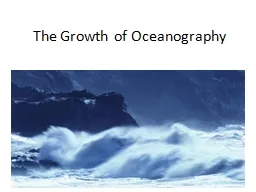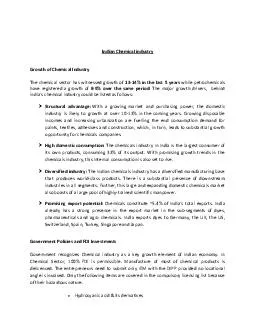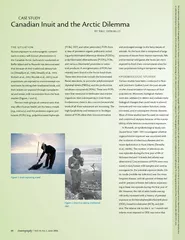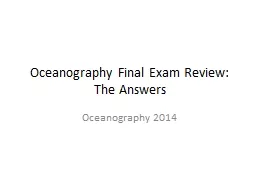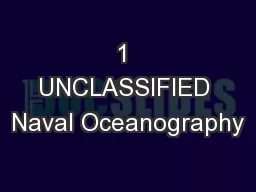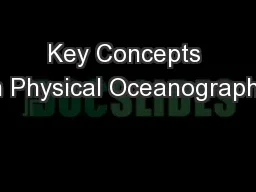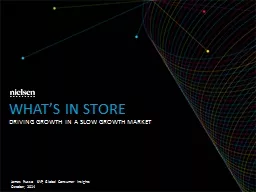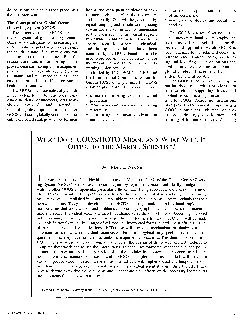PPT-The Growth of Oceanography
Author : olivia-moreira | Published Date : 2016-03-02
Why study oceanography Scientific Curiosity How do oceans operate and interact with entire earth system Need for Marine Resources We need both food and mineral
Presentation Embed Code
Download Presentation
Download Presentation The PPT/PDF document "The Growth of Oceanography" is the property of its rightful owner. Permission is granted to download and print the materials on this website for personal, non-commercial use only, and to display it on your personal computer provided you do not modify the materials and that you retain all copyright notices contained in the materials. By downloading content from our website, you accept the terms of this agreement.
The Growth of Oceanography: Transcript
Download Rules Of Document
"The Growth of Oceanography"The content belongs to its owner. You may download and print it for personal use, without modification, and keep all copyright notices. By downloading, you agree to these terms.
Related Documents

